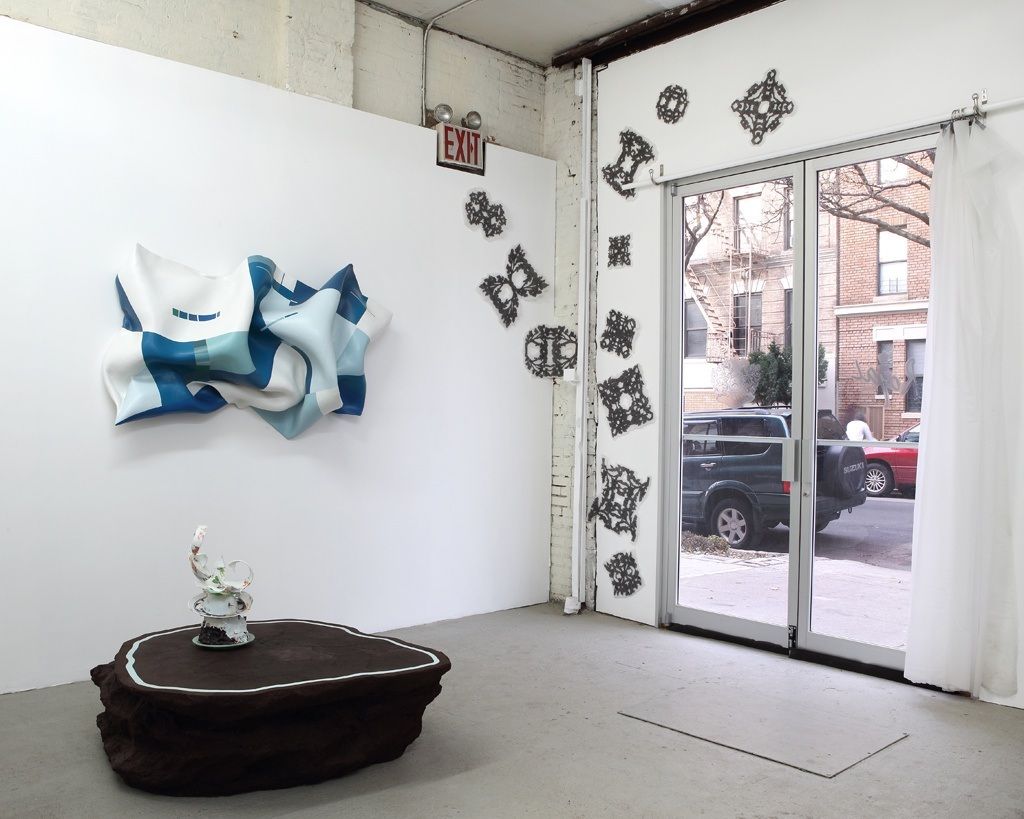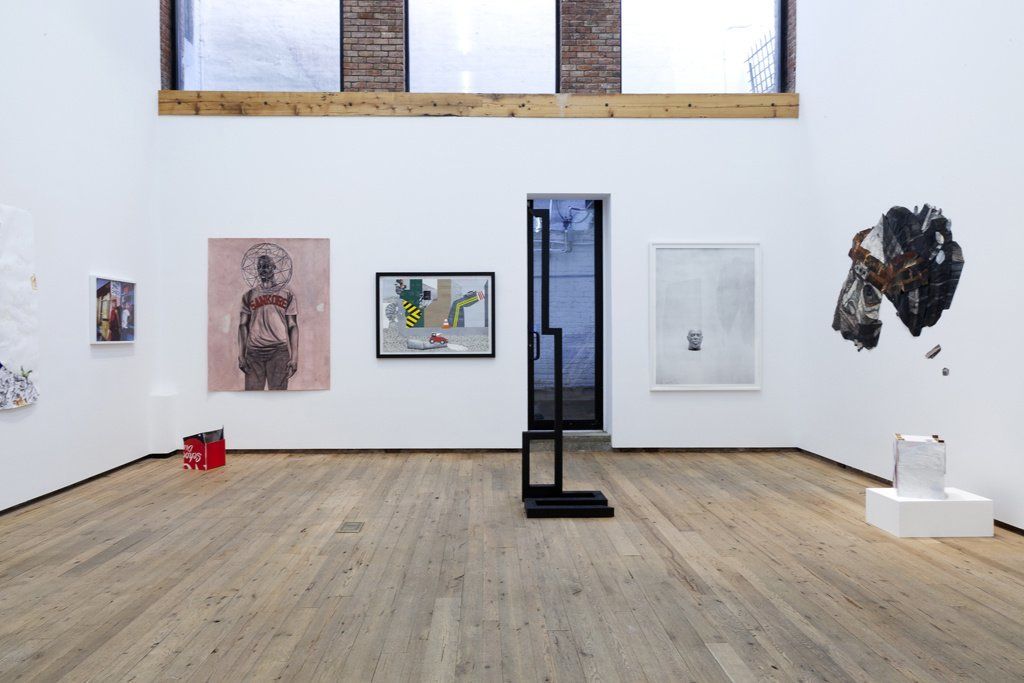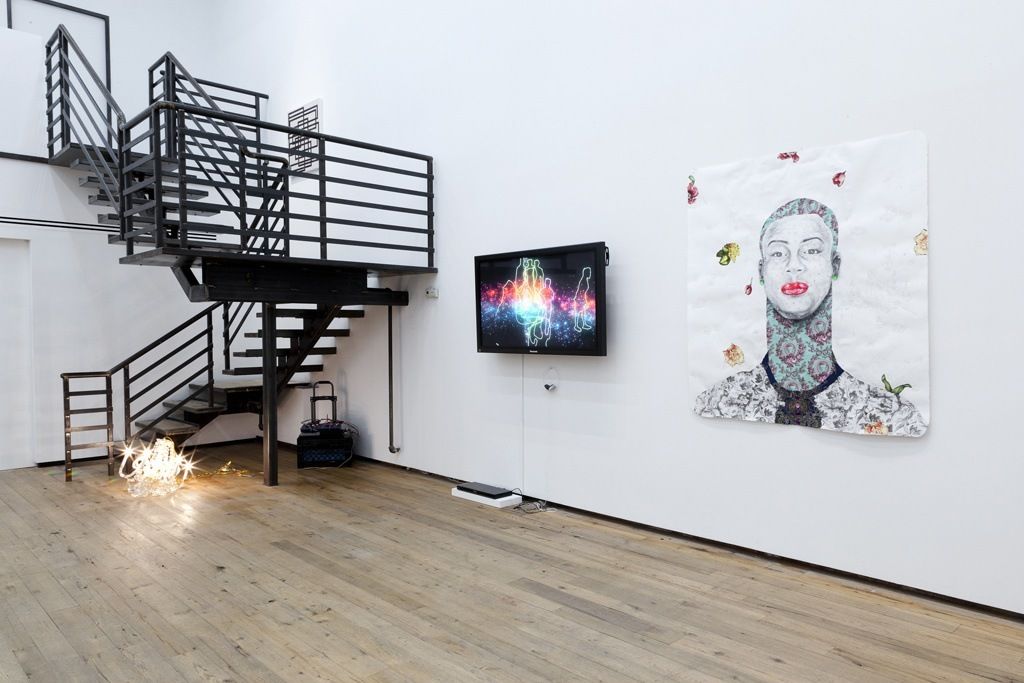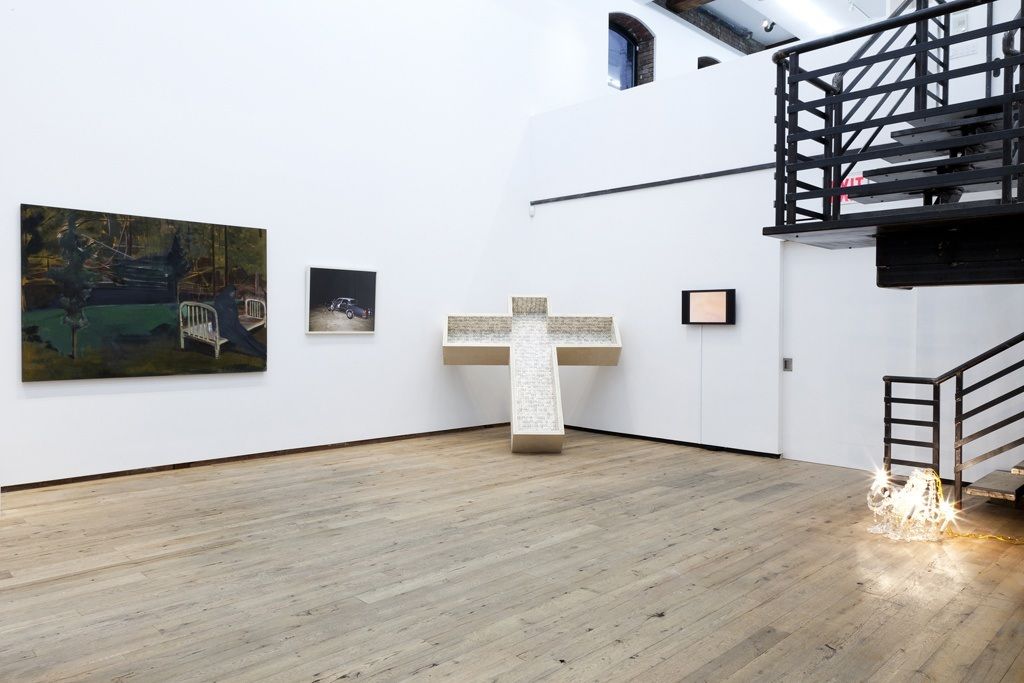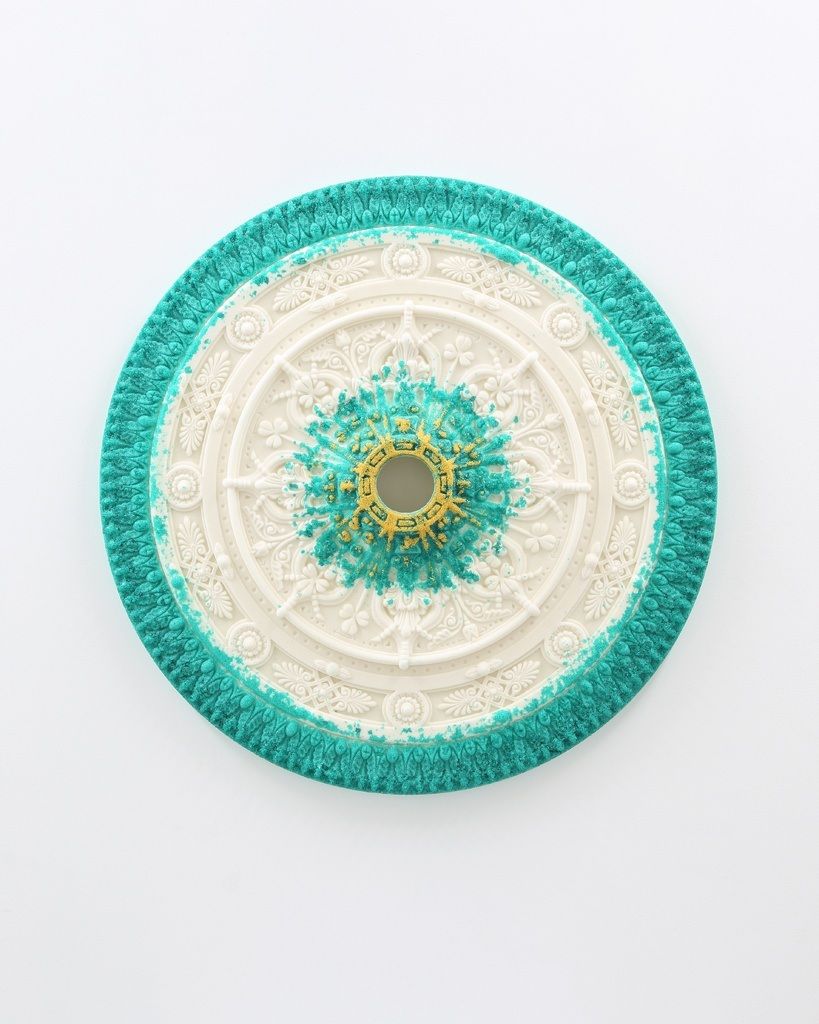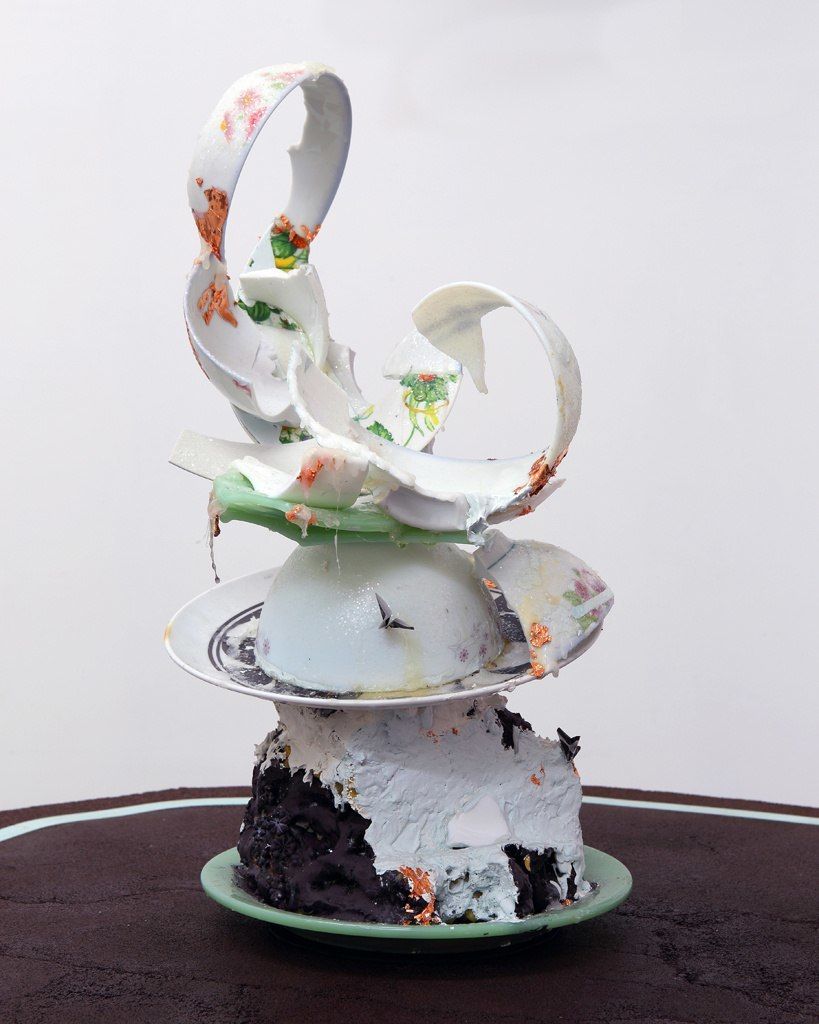Ian Cofre is an independent curator and writer based in New York City, working primarily with emerging and established artists, locally based and from Latin America. He earned his BA at Columbia University, and has previously worked as Director for a Lower East Side gallery, Studio Manager for a high-profile contemporary artist, and most recently as US Director for the PINTA NY art fair. Recent projects include barriococo at The Royal Society of American Art (Brooklyn, 2014); co-curating as one of ten curators, TEN at Cindy Rucker Gallery (New York, 2014); Bigger Than Shadows, DODGEgallery (New York, 2012) with Rich Blint; and both Tracing the Unseen Border, La MaMa La Galleria (New York, 2011) and Southern Exposure at Dumbo Arts Center (Brooklyn, 2009) with Omar Lopez-Chahoud. Other shows include Behind Closed Doors (2011), a curated solo project by Manuela Viera-Gallo at Y Gallery, NY, and The Doubtful Guest (2010) at Kill Devil Hill, NY. Recent writings include co-authoring an essay for the Hyde Park Art Center and a bilingual profile of Alberto Borea for Arte al Día. Profiles and reviews of exhibitions he has curated have appeared in The Art Newspaper, Arte al Día International, and The Wall Street Journal, among others.


